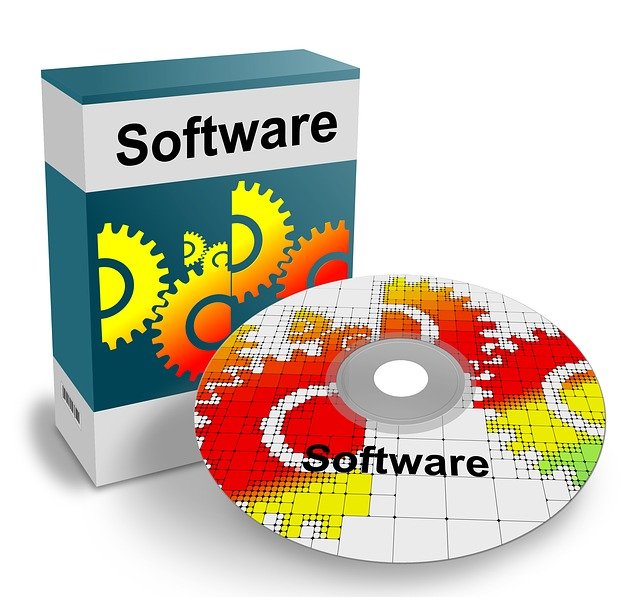The Future Is Now: The Tech Trends That Aren’t As New As You Think
It’s funny how we tend always to think the newest science and tech trends are at the cutting edge.
Although, while such trends are often future facing many of the biggest science and tech breakthroughs are being used right now.
Just read the post below to find out the history of some of the most seemly cutting edge ones and why they might not be quite as new as you once thought.
Nanotech
Nanotech is one of those topics that we can’t help but associate with science fiction like images. In fact, for most people, it brings to mind little robots that can be injected into the human body to repair damage and cure disease.
However, nanotech, as shown on Human Paragon is something that is being used right now in 2018. In fact, nanotech is a development that is used in all sort of things including solar panels of the photovoltaic variety.
These are popular panels that are commonly used to transform solar energy into electricity. Something that can be used to power homes and business and the excess that is produced is often fed back into the grid to be sold on elsewhere.
Obviously, as such a green form of energy, such panels have the potential to have a massive impact on the globes carbon emissions. They are, as you probably know already in common use throughout the world in 2018 and have been for several years meaning as far as nanotech is concerned the future is now.
AI and Machine learning
Artificial intelligence conjures up images of androids walking alongside their human counterparts and being equal to them in intelligence and consciousness.
However, before we get too carried away with this utopian vision, it’s important to note that machine learning is something that is not new. In fact, many companies now implement machine learning and other automation techniques for the betterment of the industry.
In fact, AI is a process whereby computers learn, and this has been happening for decades. An example of this is the tech used in air traffic control to plot routes and likely outcomes.
Many experts in the field even point out that while AI seems like a new and revolutionary process, it is something that is routinely a part of new computer technology as it firsts develop. Once these developments become more commonplace, the references to AI part is then dropped, making it a language issue rather than one of tech.
This is because it can make AI appear to always be on the cutting edge of technological development, while in reality, it has had a pretty steady presence in the technology world for the past 25-30 years.
Automation
The rise of increasing automatic machines that make work previously completed by humans easier may seem like a brand new concept, but it is really? Well, yes and no. If we look through history, the agricultural and industrial revolutions feature technological advances that reduce the need for human labor and increase productivity, so in that way, the concept of increased automation is not new at all.
Also, the reality of many forms of robot automaton for complex tasks isn’t new either. Many manufacturing processes, and in particular car assembly lines already make use of completely automatic robotics to assemble cars in a more accurate, fast, anlabor-savingng manner.
Of course, the buzz around automation in 2018 is that the majority of jobs, not just those used in the manufacturing sector, could be under threat because of the rise of both physical automation devices in the form of robots, as well as computerized automation which ties in closely with the AI topic above.
The major concern seems to be that working life as we know it may end up being redundant, and because of this many governments are researching and testing what is known as the universal wage.
A payment system design to be disseminated throughout the population while not being based on trading time and effort for money. Something that makes this side of automation a trend that has no previous presence throughout history.
3D printing
3D printing is yet another concept that we regard as cutting edge that has been around for years. In fact, the concept was thought up in the early 1980s, and even since then 3D printers have been used to create prototypes without having to go through the traditional production process.
Also, it’s been nine years since the first 3D printed medical device was implanted in a human subject. That means while newer nano, fabric, and even food 3D printing are all on the cusp of being popularized, the concept itself is once again one that has been part of the science and tech zeitgeist for a considerable time, making it not as new as you might think!






